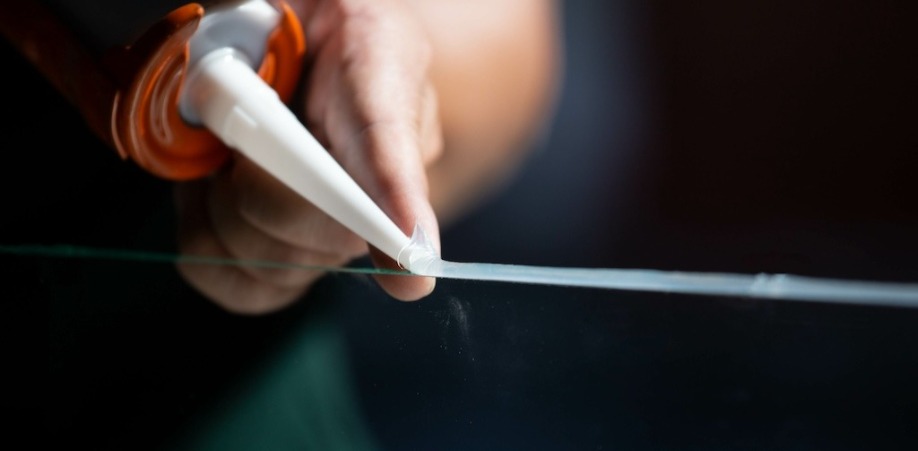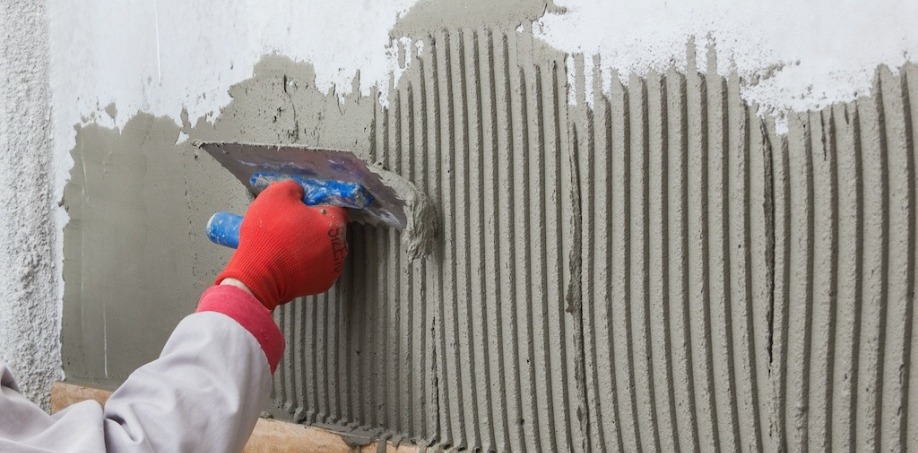A Complete Guide to Adhesives: Types, Forms and Applications

Adhesives are a critical component in countless applications across industries. From constructing buildings to crafting, adhesives provide the necessary bonding power to hold materials together. Throughout this blog we will explore what adhesives are, the different forms of adhesives used, their various applications, and best practices for their use. By understanding these aspects, you can choose the right adhesive for your needs and ensure the success of your projects.
What are Adhesives?
Adhesives are substances that bind materials together through surface attachment. They operate on principles of adhesion (bonding to a surface) and cohesion (internal strength within the adhesive). Adhesives can be derived from natural sources or synthetically produced, offering a wide range of properties and uses.

Different Forms of Adhesives
Liquid Adhesives: Liquid adhesives are one of the most versatile and commonly used forms. They can be applied through brushing, spraying, or pouring. Liquid adhesives penetrate surfaces well, providing strong and durable bonds. Some applications of liquid adhesives include bonding wood, attaching trim, and common crafts.
Paste Adhesives: Paste adhesives are thicker than liquid adhesives and are often used where a more substantial application is needed. They are applied using trowels, spatulas, or caulking guns. Paste adhesives are used to bond ceramic tiles to floors or walls and to seal joints and fittings.
Adhesive Tape: Tape adhesives come in rolls or strips with adhesive on one or both sides. They are convenient and clean to use, offering quick bonding solutions. Adhesive tape can be used for packaging , securing components or any general purpose fixing or patching.

Best Practices for Using Adhesives
To achieve the best results with adhesives, it is important to follow certain best practices:
Surface Preparation: Clean and dry surfaces are essential for a strong bond. Remove any dirt, grease, or moisture from the surfaces to be bonded. Sanding or roughening smooth surfaces can also improve adhesion.
Correct Adhesive Selection: Choose the right adhesive for the materials and conditions. Consider factors like material compatibility, strength requirements, environmental conditions, and curing time.
Proper Application: Follow the manufacturer’s instructions for applying the adhesive. Apply the adhesive evenly and avoid using too much, as excess adhesive can weaken the bond.
Curing Time: Allow sufficient curing time for the adhesive to reach its full strength. Avoid moving or stressing the bonded parts during the curing process.
Safety Precautions: Some adhesives can be hazardous. Use them in well-ventilated areas, wear protective gloves and eyewear, and follow safety guidelines provided by the manufacturer.
Adhesives are vital in countless industries and everyday applications, providing solutions for bonding a wide range of materials. By understanding the different forms of adhesives, their applications, and best practices for use, you can make informed decisions for your projects. You can explore our selection of Adhesive products, here. If you have any questions or would like to make a purchase, give our sales team a call, at 877-446-4352.

